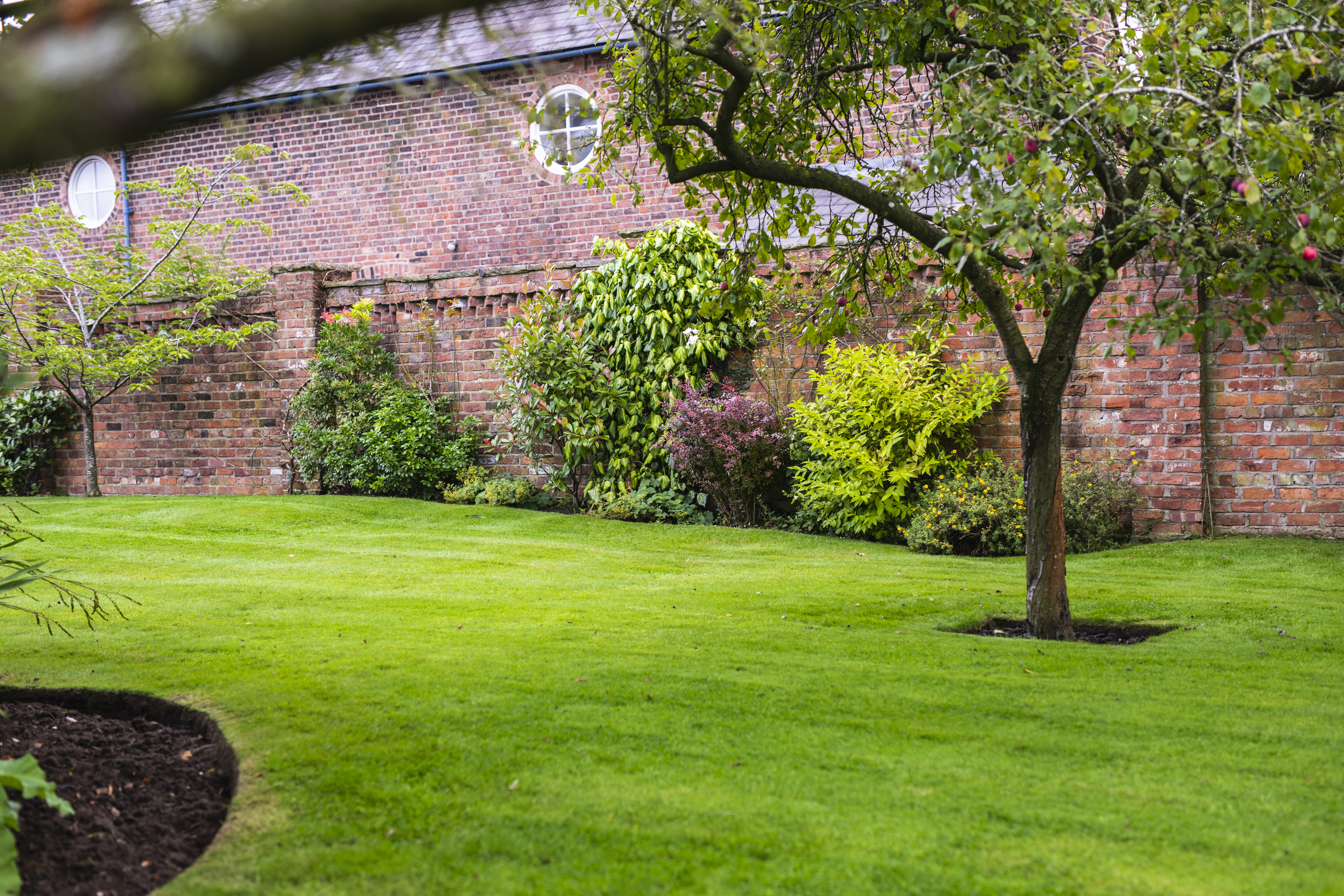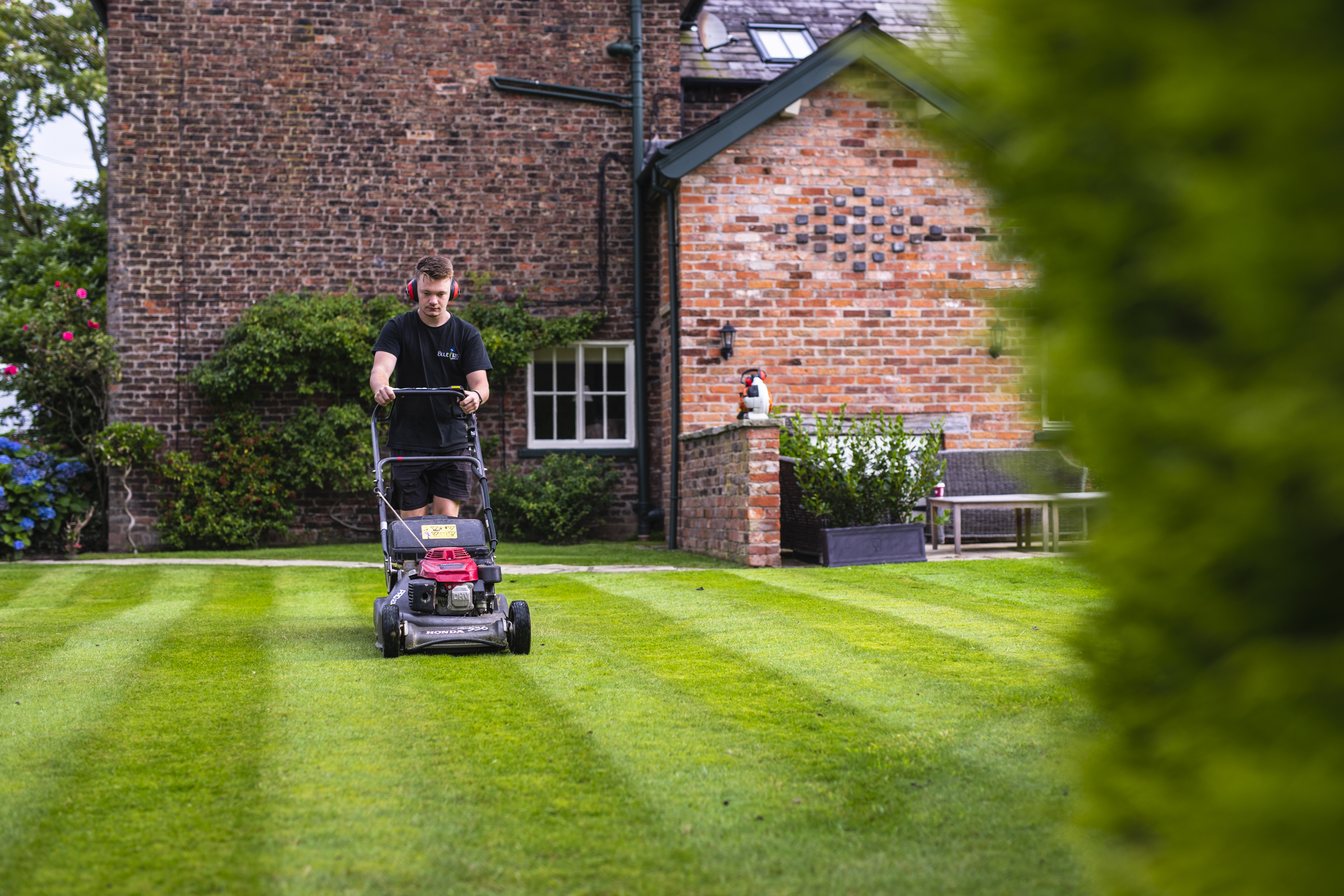
Treating Waterlogged Lawns
High rainfall during winter and impeded drainage mean that lawns can struggle to cope with excess water, which leaves them prone to moss and algae.
Waterlogging tends to be a problem on compacted and heavy clay soils, although poor preparation before turfing or seeding new lawns can be a cause also. Roots drown as water excludes air from the soil, and fine lawn grasses yellow and eventually die.
Improving Aeration
Spiking the surface can be an effective way to save a waterlogged lawn. Spiking with a fork helps, but deeper aeration is better with tools that leave 10-15cm deep; these are best filled with horticultural sand. If a lawn is prone to waterlogging it is advisable that the surface is spiked in autumn every few years.
Other Measures to avoid Waterlogged Lawns
On heavy, ill-drained soils, drainage systems can be installed if there is somewhere for the water to go. If there is no way to shift the excess water and it’s worth replacing the turf, improve the underlying soil, and then make a level, 5cm bed of sharp sand and then lay the turf on top.
If you have any further questions then please contact us or if you would like us to take a look or help you with your waterlogged lawn than please contact us on our Free Phone 0800 0937926 or Head Office 01782 396168.
Split and Cracked Tree Bark
The splitting of bark on trees and shrubs can be caused by environmental factors which include drought, waterlogging and frost and sometimes a combination of all three.
Non-native trees such as Eucalyptus grow fast in rich UK soils and the resultant lush growth win the warm autumn temperature will not have ripened before the frosts, increasing vulnerability to frost cracking. Splitting sometimes occurs due to the bark shrinking caused by freezing of unripened wood, or by the different expansion and contraction rates of wood and bark on freezing or rapid thawing.
Preventing Further Damage to Trees
The extent of cracking damage may not be evident until the spring when the tree starts to grow. Tree wound paints are not recommended so do not try and seal a split with products such as these. Use a yearly spring fertiliser, keep well watered in dry spells and avoid fertilising late in the growing season. If you have any further questions on split or cracked tree bark then contact us. If you would like Blue Iris Landscapes to help with treating your split and cracked tree bark then feel free to contact us on: –
Free Phone: 0800 0937926
Head Office: 01782 396168
Email: info@blueirislandscapes.co.uk

